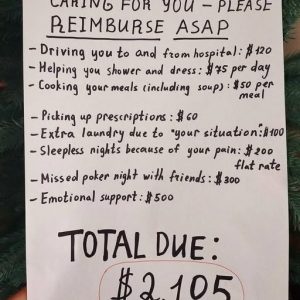The One Big Beautiful Bill Act introduces major updates to the Supplemental Nutrition Assistance Program (SNAP) beginning this November, changing eligibility and administration for millions of Americans who depend on the program. The Congressional Budget Office projects these revisions will reduce federal spending by $187 billion through 2034. Among the key shifts are expanded work requirements for adults up to age 64, tighter eligibility standards, and a gradual transfer of certain administrative responsibilities from federal to state governments. Some exemptions will remain for individuals with medical limitations, but several automatic protections are being narrowed.
Eligibility will focus more closely on U.S. citizens and lawful permanent residents. Benefit calculations will be affected by a freeze on the Thrifty Food Plan until 2027, followed by cost-neutral updates to prevent spending increases. Over time, states will bear a greater share of program costs, which could lead to different policies and benefit levels across regions. Supporters argue these steps promote workforce participation, improve accuracy, and make the system more sustainable, while critics caution that they could restrict access for families who rely heavily on SNAP for food security.
With more than 40 million Americans currently receiving assistance, state agencies and nonprofits are preparing for a complex transition. Many observers will be watching how effectively the reforms balance fiscal responsibility with the program’s core mission of reducing hunger. The changes highlight ongoing national debates over the role of social safety nets and the balance between accountability, cost control, and compassion. As the new rules take effect, policymakers, community leaders, and advocates alike will focus on ensuring that households in need continue to have reliable access to food support while navigating an evolving policy landscape.





